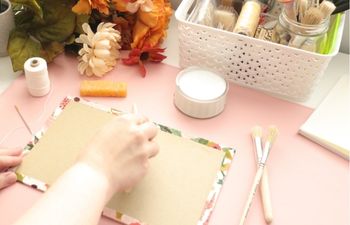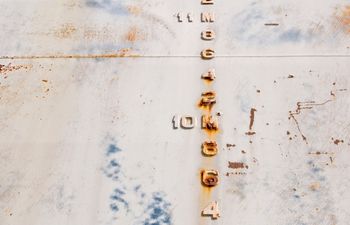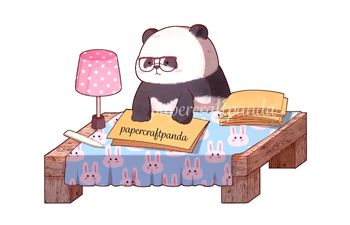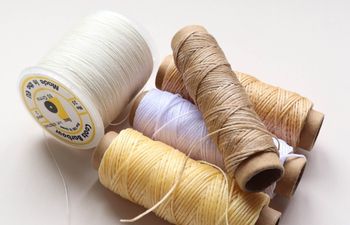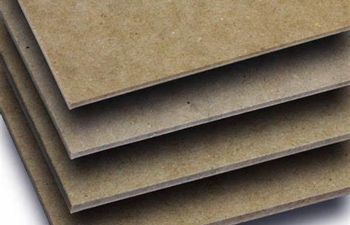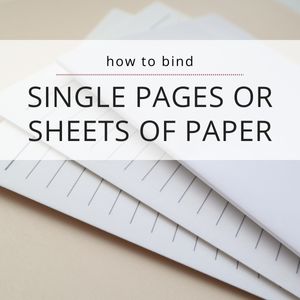I’ve said it before and I’ll say it again – you don’t need formal training to be a bookbinder. All you need is a successful bookbinder who wants to teach you everything they know. That’s where I come in. If you want to learn bookbinding, here’s how to get started!
Before I jump into each topic below, I want to give you Answers to Some of the Most Common Paper Questions for New Bookbinders. This is perfect for anyone who has already made a book or two, but has more questions.
Quick Jumps:
What is bookbinding?
At its very simplest, bookbinding is the physical assembly of the individual parts of a book into a single volume.
Putting a book together needs a few tools, skills and techniques, which you can pick up easily over time.
Binding a book can be simple or complex. No matter where you start, there is room for everyone.
What do I need to start making books?
You’ve probably found a ton of different posts about how to start making books. Everyone has an opinion and some of those people would make money if you bought their suggestions. I know, because I’ve been there. I wished someone would just tell it to me straight.
So, here it is. This is me giving it to you straight. To make your first book, you’ll need:
- Paper.
Yup, that’s it. Since books are just an “assembly of pages into a single volume”, you don’t need glue or any crazy tools to make one.
That said, I have a sneaky suspicion you want to create a book that looks like this:
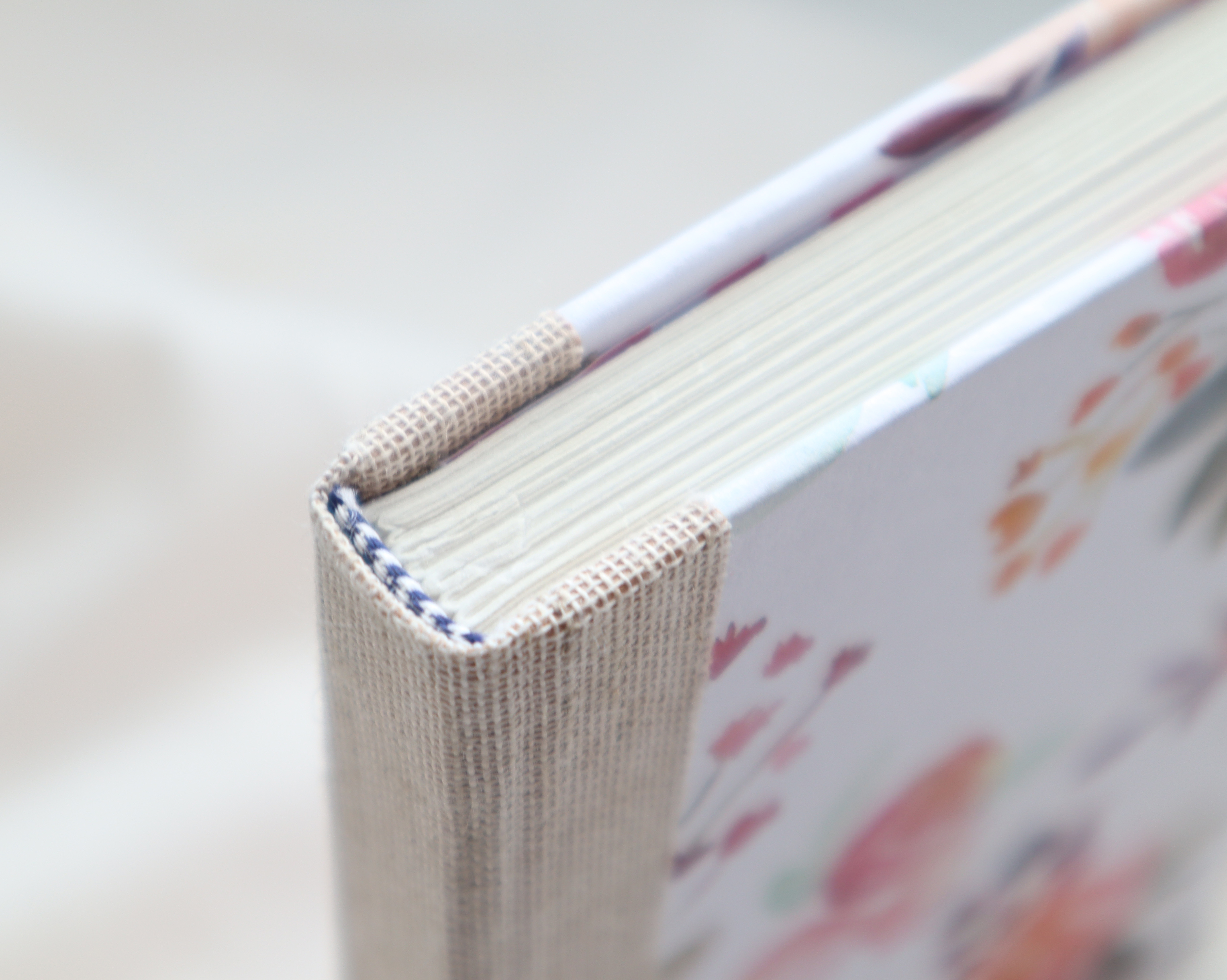

These are “case bindings.” For this type, you’ll need a few more things, but it’s totally do-able.
Recommended Learning
When teaching, I just start with the basics. Here are some great posts I wrote about the simple stuff – parts of a book, tools and supplies, etc. There’s no need to read them all at once. Take your time.
- You Don’t Need Formal Training to become a Bookbinder
- Getting to Know the Physical Parts of a Book
- The Most Important Rule in Bookbinding | Grain Direction
- How to Choose the Right Size Bookbinding Thread
- How to Choose the Right Bookbinding Needle
- A Useful Guide to Different Types of Bookbinding Awls
- Know the Difference | Text and Writing Weight Papers
- The Best Cover Paper for Hardcover Books
- Know the Difference | Book Board
- Top 5 Features to Look for in a Bone Folder
I’ll keep adding to the list over time, so make sure you come back often!
Starter bookbinding tools & materials
Hold up! Before buying any tools, do these things:
- Check out the parts of a book & how they go together. I take you through these in Getting to Know the Physical Parts of a Book
- Watch some videos (look up “Bookbinders Chronicles” on YouTube – her videos are awesome).
- Join my bookbinding mailing list for weekly emails (free guides, posts like this one, mini courses, book giveaways and other fun stuff).
- Follow me on Instagram or Facebook where I post daily all things bookbinding! I love making books.
Tools & Materials
If you haven’t already, grab my Bookbinding Tools & Supplies Quick Start Guide to learn about the tools I’ll talk about below and where to buy them.
Guess what? Everything I’m going to talk about can be found in your house or at your local craft store (Michael’s, Joanne’s, even big ol’ Target or Walmart)
Unless you’re a prodigy, your first book won’t be perfect, so try it out with these tools first and then move up to the pricey stuff later.
Shopping List
- Paper. One 9×12 spiral bound book of drawing paper, 60 lb/90 gsm, will work great. Think brands like Strathmore, Artist’s Choice, etc.
- Glue. One bottle of Elmer’s Glue will do the trick. It’s not acid-free, but that’s ok for your first book.
- Linen thread. I explain how to choose the right linen thread if you’re curious about thread.
- Sewing needle. I also explain how to choose the right bookbinding needle if you’re into sewing.
- Utility knife. Get one with a retractable blade, if possible, to be safe.
- Single sheet of size 12″ x 12″ card stock paper. Choose any design you like.
- 12-18″ ruler.
- Scissors.
- Something heavy (2-5lbs) to press the book down while it dries (I’ve used an unopened 20 ounce can of tomatoes wrapped in an up-cycled Amazon gift bag, so nothing is out of the question here).
If you’re already at the store and want to make your life easier, here are a few more I recommend:
- 1″ foam brush or decent quality art brush to apply glue. I like a wooden handled brush around 1/2″ wide.
- Awl or thick needle to pierce the paper. I wrote A Useful Guide to Different Types of Bookbinding Awls for all things poke-y.
- Bone folder. If you’re vegan, you can also use Teflon or ABS plastic bone folders. They work just as good!
Now that you’ve got some tools, it’s time to use them.
Starter Tutorials
- 3-Hole Pamphlet – Covers a little bit of everything (a little sewing, a little folding, etc.). It’s my fave starter.
- How to Make a Handy Notepad in 15 Minutes or Less – using leftover paper, some textured cardstock and glue.
- How to Make a Stab Bound Book with Loose Leaf Paper – got some leftover lined paper from school or the kids? Perfect!
Recommended Reading
- Hand Bookbinding – A Manual of Instruction by Aldren A. Watson. I love this book because I love pictures (I learn visually and with my hands) and it has around 250+ illustrations. So good.
Note: You’ll probably see books by an author named Keith Smith floating around. These books can be confusing for newer binders unless you’re a fan of explicitly detailed diagrams 🙂 They’re great as your skill level increases and your appetite for variations in technique grows.
A quick note about bookbinding tutorials…
There are lots of how-to’s out there. Some tutorials skip steps (usually because the binder is more advanced) and can be more confusing. If you start feeling like it’s not making sense, find me on Instagram or Facebook and ask me your questions! I’m here to help.
Have Fun!
Bookbinding is an ancient trade handed down over thousands of years, but that doesn’t mean it’s “off limits” or for “trained professionals only.” No matter what you’ve heard or read, you don’t need formal training to become a bookbinder. Seriously.
When you finish your first, second, third or ANY book, share it with me! I love seeing what everybody makes.
Thanks for letting me help you!
ALL my best,
Misty
